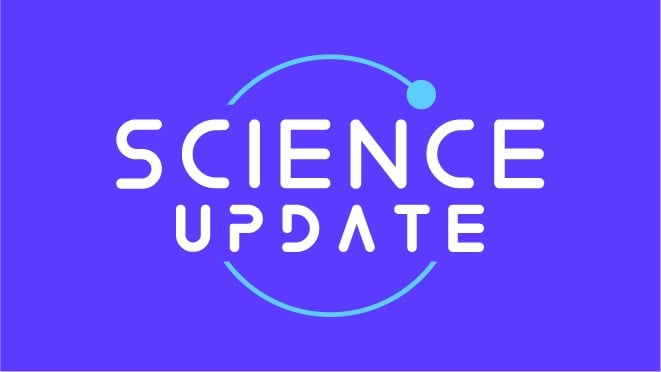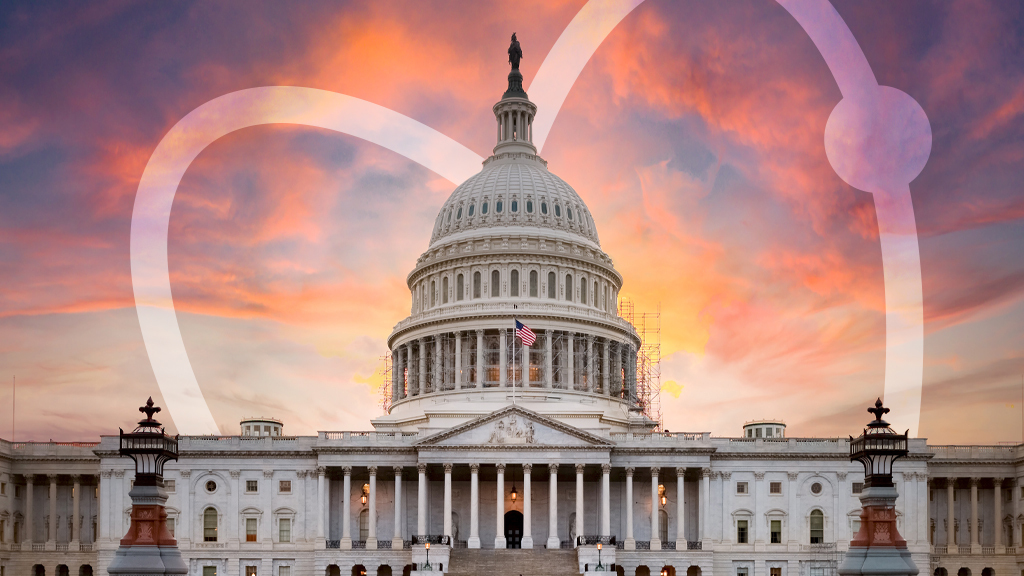2025 Arctic Report Card Headlines, January 29, 2026
 Join us on Thursday, January 29, 2026, from 7:00 PM to 8:00 PM ET, to learn about the state of the Arctic environment.
Join us on Thursday, January 29, 2026, from 7:00 PM to 8:00 PM ET, to learn about the state of the Arctic environment.
 Join us on Thursday, January 29, 2026, from 7:00 PM to 8:00 PM ET, to learn about the state of the Arctic environment.
Join us on Thursday, January 29, 2026, from 7:00 PM to 8:00 PM ET, to learn about the state of the Arctic environment.
 Join us on Thursday, January 29, 2026, from 7:00 PM to 8:00 PM ET, to learn about the state of the Arctic environment.
Join us on Thursday, January 29, 2026, from 7:00 PM to 8:00 PM ET, to learn about the state of the Arctic environment.
 Join us on Thursday, January 29, 2026, from 7:00 PM to 8:00 PM ET, to learn about the state of the Arctic environment.
Join us on Thursday, January 29, 2026, from 7:00 PM to 8:00 PM ET, to learn about the state of the Arctic environment.









